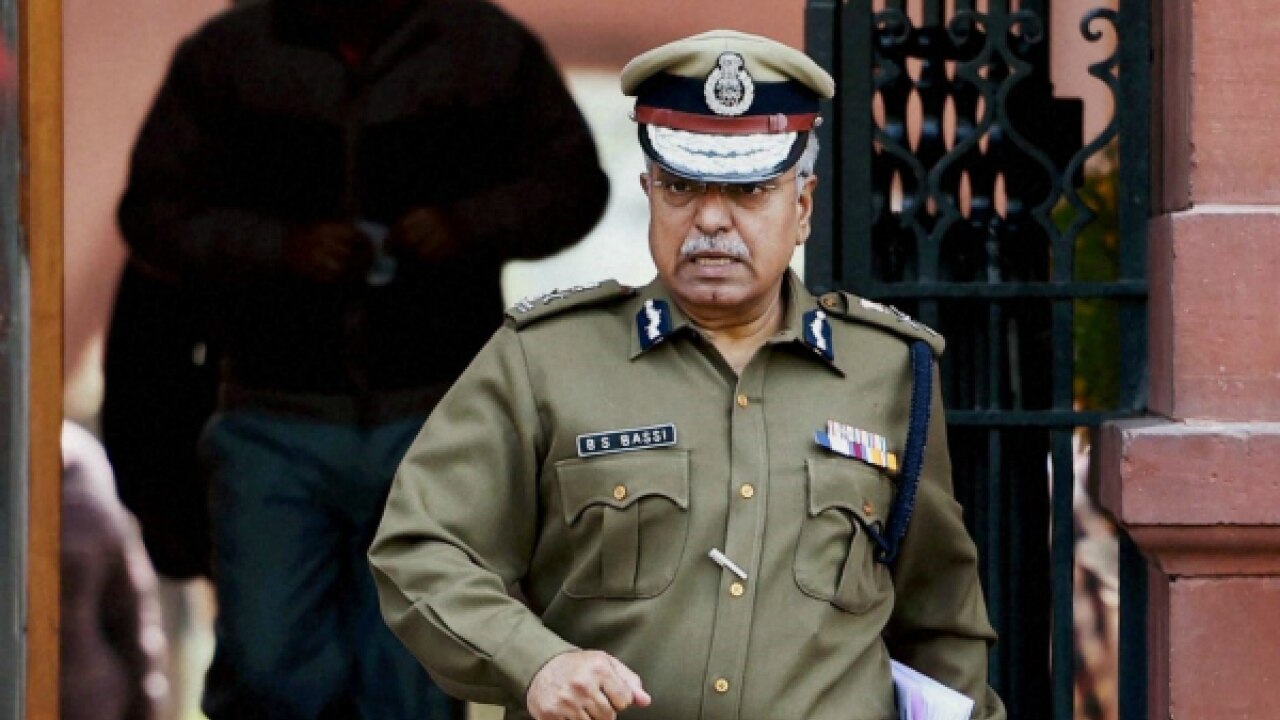
- Select a language for the TTS:
- UK English Female
- UK English Male
- US English Female
- US English Male
- Australian Female
- Australian Male
- Language selected: (auto detect) - EN
Play all audios:
As almost every week brings new twists and brighter media glare to Britney Spears’ restrictive 13-year conservatorship, the filmmakers behind the documentary that turned the spotlight on the
long-hidden situation found a lot of their own perspective by flipping the script.
“A revolutionary thing that we did, and surprising that it is revolutionary, is we said why don’t we interview women about this so we can do this from a women’s perspective,” Framing Britney
Spears director Samantha Stark said of the film and its continuing blast radius in the court docket and in the streets. “And it may have cracked open the story, because we saw Britney as
someone with agency, with power, as real human being who deserves to be respected …we said we wanted to correct the misperceptions.”
Stark’s comments came during the panel for the New York Times Presents documentary at Deadline’s Contenders Television: The Nominees awards-season event, where she was joined virtually by
doc showrunner and EP Mary Robertson and supervising producer Liz Day.
The conversation ahead of the Primetime Emmys came just a couple of days after the onetime Princess of Pop’s father Jamie Spears said he would eventually exit as Britney’s co-conservator, a
role he has basically held since 2008. Called a “major victory” by the younger Spears’ newish lawyer Matthew Rosengart, the elder Spears’ filing in Los Angeles Superior Court actually
offered no clear departure date and took more than few swipes at others involved in the process.
Now Emmy-nominated for Outstanding Documentary or Nonfiction Special and Outstanding Picture Editing for a Nonfiction Program, Framing Britney Spears, which debuted on FX and FX on Hulu on
February 5, is literally ripped from the headlines and writing them as well to some extent – a fact the filmmakers take seriously.
“I will say that when we started, at the onset of producing this film we were met with a fair amount and to some extent reasonable skepticism,” Robinson said. “When we were making Framing
Britney Spears, it was very important to us that our film be comprised of journalism of the highest standard.”
Subsequent reporting in the New York Times by members of the Framing Britney Spears team served to unearth buried and confidential documents that showed the “Toxic” singer has been trying to
end or at least reform the conservatorship for years, attempts that have been either stymied or just out and out rejected by the courts, co-conservators, handlers and even Britney’s
now-former and well-compensated attorney who was appointed by the courts more than a decade ago.
Among the many questions Framing Britney Spears raises, as does the #FreeBritney movement, is the matter of her $50 million fortune. Why is it so relatively small after years of hits, tours
and even a Vegas residency? It’s worth noting that from the little financial information that has dribbled out, it’s known that Britney had a separate and secretive trust set up in 2004 and
little access to her own money aside from a $2,000-a-week allowance of sorts.
“It’s Journalism 101, follow the money, but I think that definitely it is a big part of this story that hasn’t fully been explored,” Day said.
More exploration may come next month at the next conservatorship hearing.







